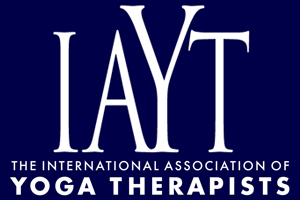Transpersonal Integrative Yoga Therapy: A Protocol for Grief and Bereavement
Grief and bereavement are universal human experiences that can have profound effects on body, mind, and spirit. Yoga, as part of a therapeutic approach, can help relieve suffering during the grieving process. This article describes one approach to offering Yoga as a therapy for grief and bereavement. Transpersonal Integrative Yoga Therapy is a multidimensional group protocol that combines Yoga with conventional and transpersonal psychological therapies. Transpersonal Integrative Yoga Therapy has eight main practices: (1) asana (postures), (2) pranayama (breathing), (3) guided relaxation, (4) selected readings, (5) experiential integration, (6) meditation, (7) selected music, and (8) sharing and/or witnessing. Transpersonal Integrative Yoga Therapy holds as a guiding principle that grieving is a natural state of response to profound loss, not a pathological one. The therapeutic process creates a safe and sacred space for processing sensations, thoughts, and emotions. Part 1 of this article describes how the eight core practices of Transpersonal Integrative Yoga Therapy can be used to address grief and bereavement, and provides guidance to Yoga therapists and mental health professionals interested in developing their own protocols. Part 2 describes an evaluation of an eight-week intervention using Transpersonal Integrative Yoga Therapy for grief and bereavement. Grieving adults who participated in the Yoga therapy intervention showed significant improvements in vitality and positive states and a trend toward improved satisfaction with life. Exit interviews and end-of-intervention surveys provide more detailed understanding of how Yoga can influence the grieving process.
